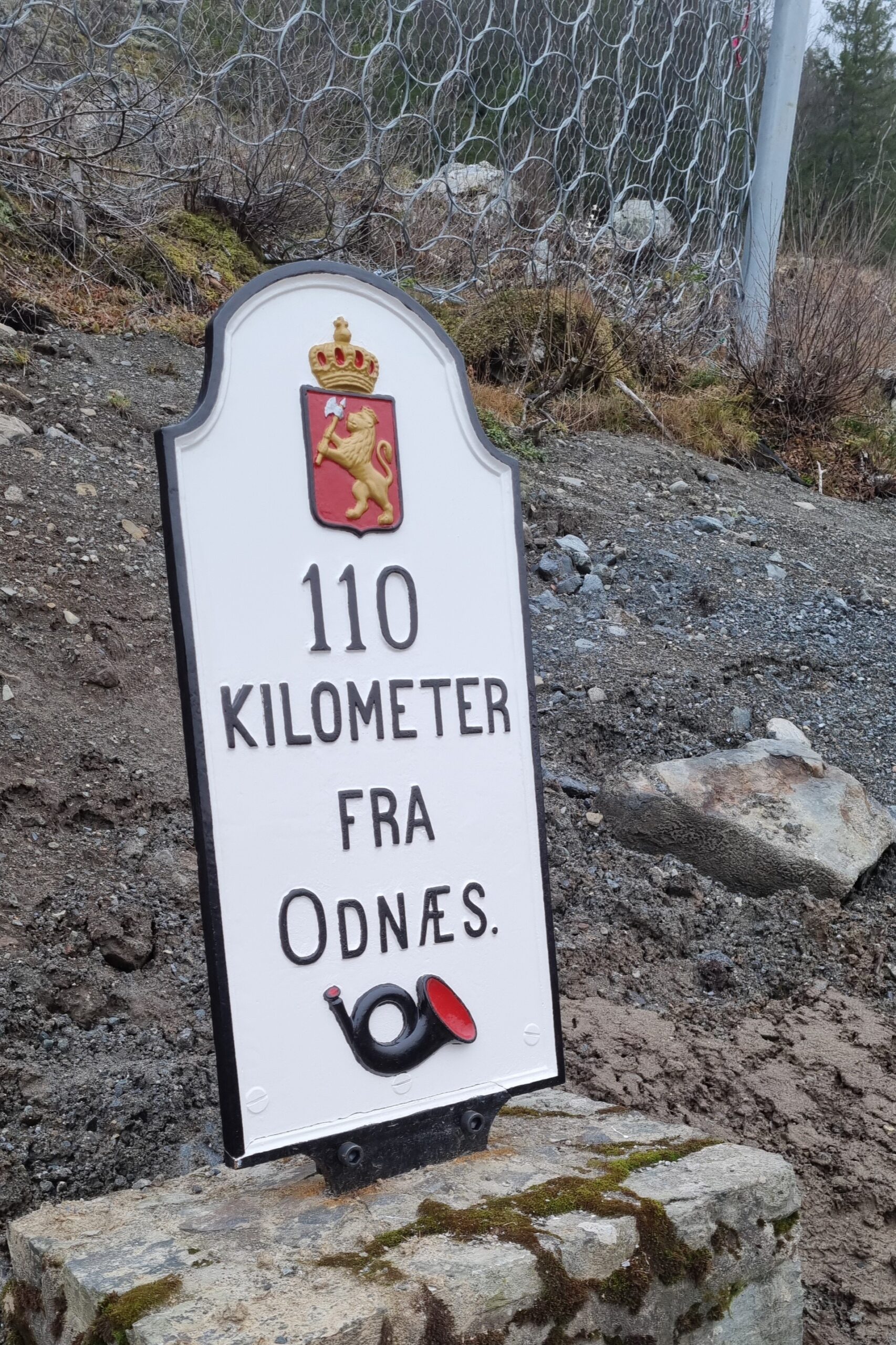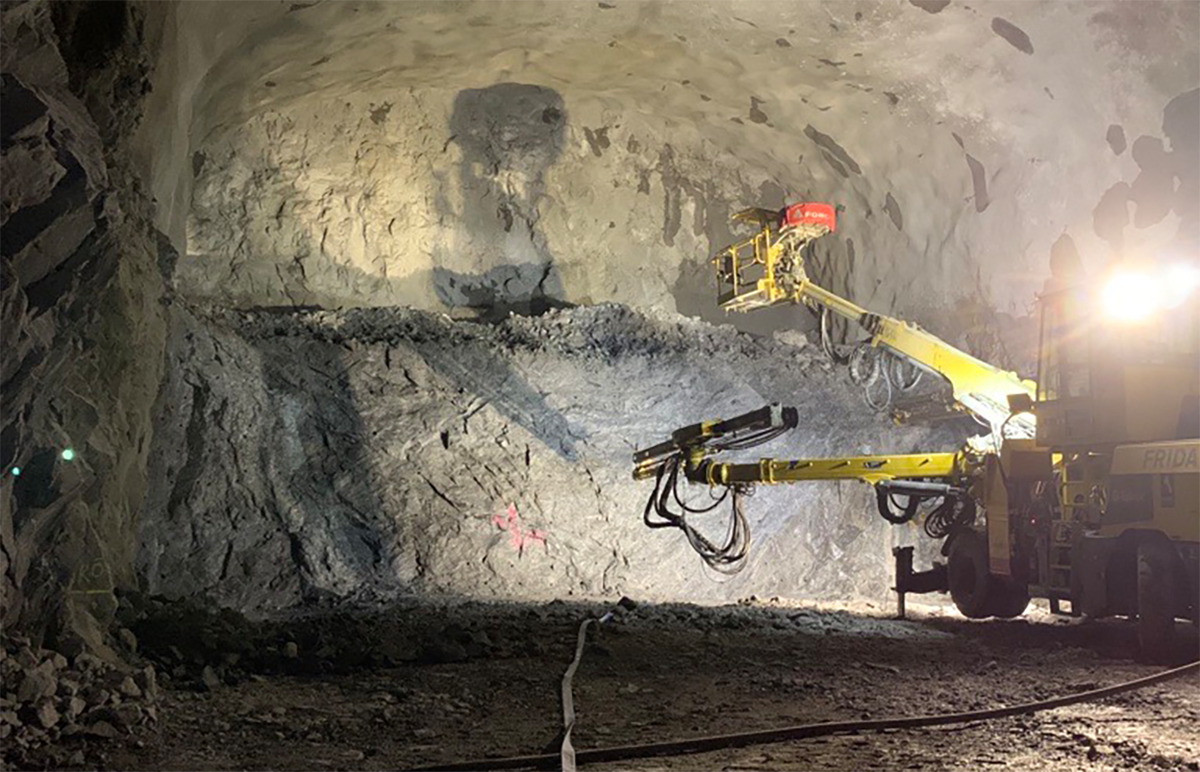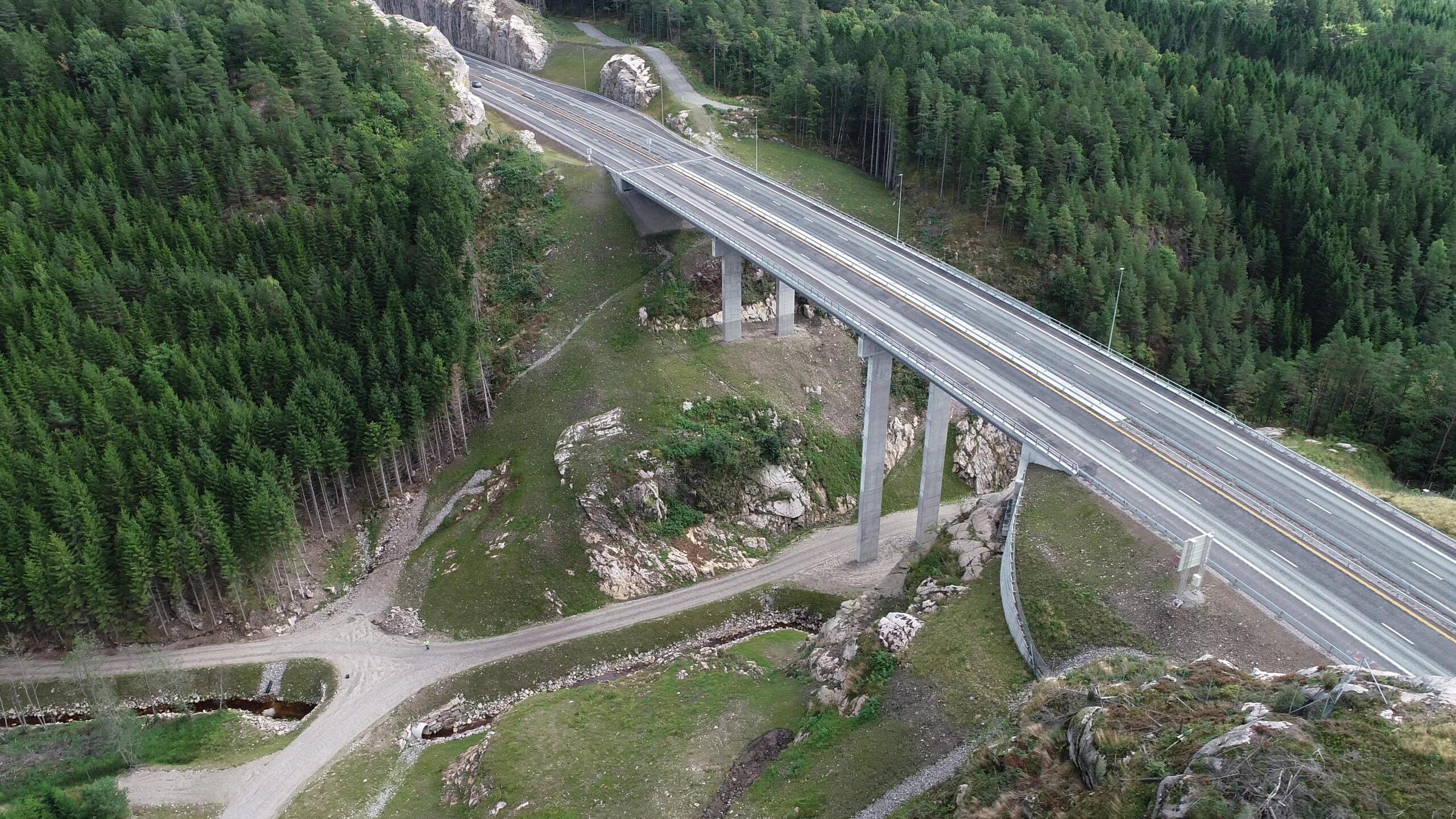BREEAM Infrastructure Very Good – Construction Only Assessment
Version 6, 2023 | Norway
Assessed by: Elisabeth Larsen, Inger Aaberg- Hæhre Entreprenør AS
Verified by: Catherine Pinney – CERES Associates
Client: Statens Vegvesen
Contractor: Hæhre Entreprenør AS
E16 Kvamskleiva was mainly a rock slide protection project in an area with steep mountain sides and frequent ice- and rock slides. The road is one of the main roads between eastern and western Norway and between the country’s two largest cities, Oslo and Bergen. The project was wanted by both the local community of Valdres and other travellers, as the stretch of the road was known as “the most dangerous road in Valdres.” Hæhre Entreprenør signed the contract with the Client Norwegian Public Road Administration (Statens vegvesen) in October 2020, and the project was executed as an EPC contract. Total road length is 5.4 km, including a 1.8 km tunnel. Physical work started in November 2020.

In the most dangerous segment, the new road runs through a tunnel. Another part of the road is moved to a sea filling, making space for a rockfall protection embankment between the steep mountain sides and the road.
In addition to the road and tunnel, one main component of the project was the sea filling in Norsvinsfjorden, a large lake parallel to the existing road. The sea filling was constructed by tunnel rocks and was subject to strict environmental requirement because of ecological qualities of the lake and nesting birds.
Large quantities of rocks and soil (approximately 700 000 m3) were handled and transported without major disruptions to road users. This was successful because of great planning and, in particular, complex phase plans that focused on third parties and their safety. Almost no soil or rock was transported on the public road. Despite limited space, we were able to transport the materials through the project site.

Metrics
| Embodied carbon emissions | 22 800 000 kgCO2 equivalent | 22% reduction achieved |
| Re-used excavated material | 713 190 m3 | 100% of total material used |
| Waste diverted from landfill | 302 tonnes | 97% of total waste |
Financial Benefits
Did the use of BREEAM Infrastructure deliver any financial benefits?
Reuse of all soil and rock masses can partly be attributed to the use of BREEAM Infrastructure and more awareness of resource use.
Estimated savings that can be attributed to BREEAM Infrastructure.
We saved approximately £1,3 million (17 million NOK) through improved soil handling.
In your view, has BREEAM Infrastructure represented value for money?
Awareness of sustainability and opportunities related to efficient resource use.

Achievements
Transportation
Detailed planning of project phases and logistics enabled soil and rock transportation within the project area. As a result, there was minimal disruption to the public traffic flow and a safer solution for the community.
Resources
We managed 100% reuse of soil and blasted rock, through planning and focus. Identification of reuse options for lightly contaminated soil in the tunnel with no migration risk, and an application process to the authorities, made it possible to reuse soil that initially, according to requirements, was expected to be deposited on a landfill.
Landscape and historic environment
The first driveable road between eastern and western part of Norway was built in 1790 and is now called Kongeveien (the King’s road). Remains of the road is a road historical heritage asset that now serves as a popular hiking trail. During the project, part of the old road was reconstructed in order to connect it to remaining parts.
Further Information
What were the main challenges for the project / contract and how were these overcome?
One of the main challenges in the project was to keep the tight schedule in an area with harsh winter conditions of cold temperatures, high winds, and risk of ice- and rockslides. Large amounts of soil and rock was handled and transported in a small area close to and across the existing road, all while keeping the road open to the public. There were only minor disruptions to traffic due to blasting.
What were the drivers and perceived benefits for undertaking a BREEAM Infrastructure assessment on this project / contract?
The motivation was to increase the quality of the project and to broaden its definition of sustainability. The BREEAM assessment provided motivation and tools for improving how we document what we actually do to reduce environmental impact, use our resources efficiently, and minimize the negative consequences for the community during the construction period.
How did the use of BREEAM Infrastructure influence the outcomes of the project / contract? What was done differently because of the BREEAM Infrastructure process?
The use of BREEAM Infrastructure influenced the planning and optimalization of resource use, both regarding natural resources in the project and material use. Even though we always focus on having a good relationship to the local community during our projects, we had an extra awareness at Kvamskleiva about two-way dialogue and facilitation of engagement, despite the constraints imposed by the COVID-19 pandemic.
What elements of this project / contract highlight best practice and innovation?
The planning and performance of the mass transportation highlights best practice and was a major reason why we completed the project three months early.
Quotes
Together with Statens Vegvesen, we have succeeded in the planning of the project to allow for an earlier opening of the road. Usually, we want to start tunnel works during summertime. In Kvamskleiva, we started in December.
Jan Lima, Project Manager, Hæhre Entreprenør
Statens Vegvesen and Hæhre have achieved this through good planning, good cooperation and above all a lot of successful work.
State Secretary at the Ministry of Transport, Jacob Bjelland (at the opening celebration)

BREEAM Infrastructure insights and case studies
Browse the latest insights, thinking and case studies from BREEAM Infrastructure

Stockholm Metro Nacka project awarded Excellent

Stockholm Metro Sofia access tunnel a BREEAM Infrastructure success

Stockholm Extended Metro access tunnel Sundstabacken achieves CEEQUAL Excellent rating

Preparatory works for the new water treatment system in Oslo achieves BREEAM Infrastructure Excellent rating

E39 Mandal øst – Mandal

